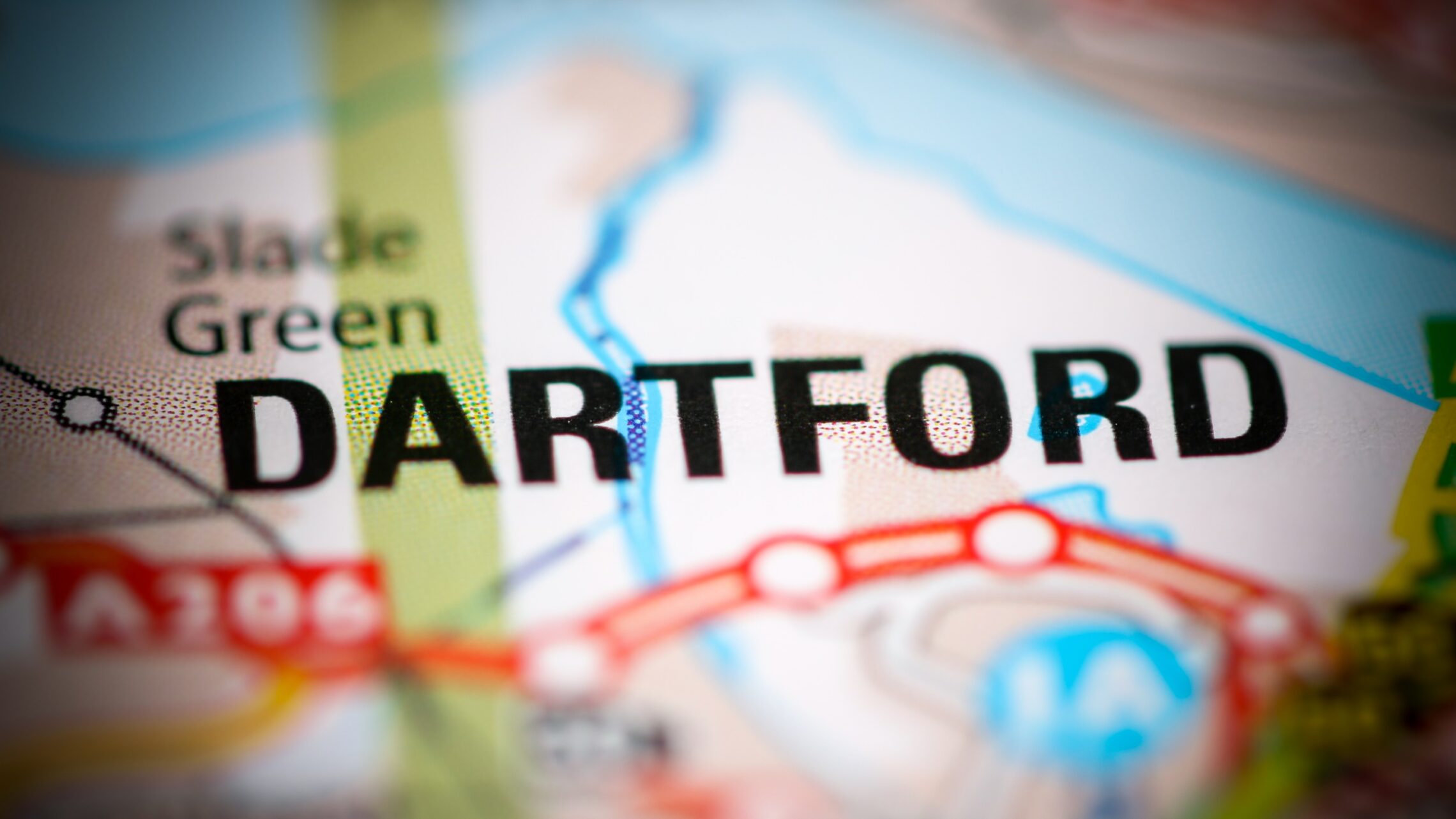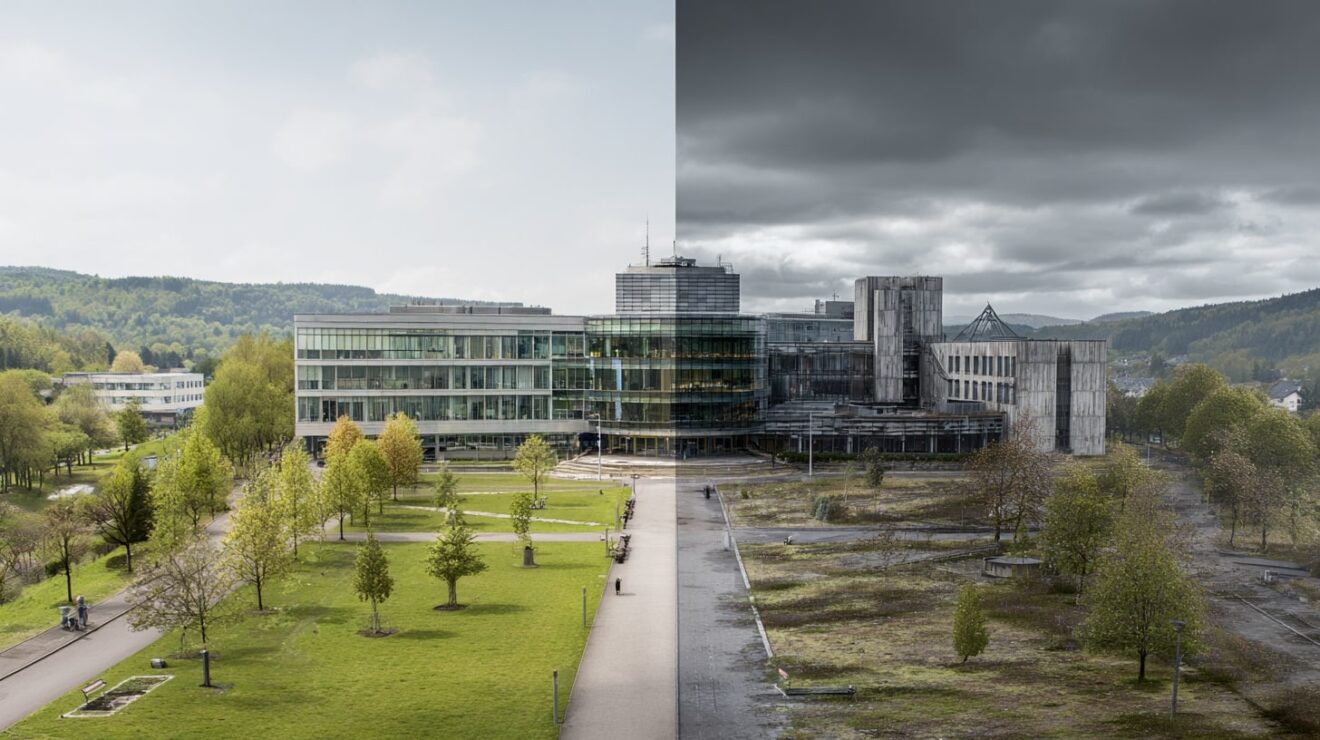There is a general agreement across the sector that we will need an expansion in capacity to meet anticipated demand for places over the next ten years.
It’s a hare that Mark Corver started running on Wonkhe back in 2019, and it has animated debate around student numbers and the size and shape of the sector over the past three years. Politics and policy may change, but demographics (even projected ones) don’t lie.
In 2030 it is projected there will be nearly four million UK residents between the ages of 15 and 19 – up from a low point of 3.3m in 2019. In 2019-20 there were 474,665 full time first year UK domiciled undergraduate students in UK higher education – which would be good reason to expect that we need around 570,000 places (even assuming that participation rates stay the same) to put full-time first year UK undergraduates by then.
Where, though?
There’s a number of ways that we could address this issue.
We could try to limit the number of students – either by some form of sector wide cap, or by providing more attractive alternatives to university, or both. Or we could allow the market to respond organically to a growth in demand. Or we could think about where and what kind of higher education provision we might need, and ensure that at least some of this growth in student numbers addresses other policy priorities.
It is fair to say – as I hinted on Monday – that the option to let the market respond to growth in a largely unfettered way is not something the current government would be likely to go for. Simply put, expansion is expensive, and there is limited appetite among ministers to simply let existing providers get bigger. The combination of a fee freeze in England and rises in the cost of living (making a very strong case for long overdue salary increases, and increasing other costs of provision such as energy or equipment) will mean universities have to expand student numbers just to stand still in real terms – all of which meaning (as Jim Dickinson describes) that the quality of provision and thus the student experience will take the hit.
So the government in England has hinted at restrictions to the overall number of undergraduate students – with a minimum eligibility requirement (MERs) offering a defacto academic bar to securing public funding for higher education. At the most likely level under discussion (grade 4 at GCSE or level 2 equivalent) this would only affect a small percentage of existing students (between 1 and 2 per cent depending on how you count it) but these would primarily be from disadvantaged backgrounds.
This is coupled with a general policy presumption away from the traditional three year degree – with other (more vocational) routes to rewarding work being heavily promoted to applicants. Arguably the ongoing “culture war” that has seen universities derided as out-of-touch and self-indulgent could be seen as part of this strategy.
Seriously, where do we put all these new students?
Some consideration of place feels like a very sensible response to this question. We already know that the presence of a large university, as an employer and “anchor” institution, driving skilled young people into an area and seeing many of them stay to contribute to the area and community after they graduate, is a very good way of driving “levelling up” – and with this being such a clear priority for the government many have had cause to wonder why the Levelling Up Strategy has so little to stay on universities.
On Monday Nick Hillman argued, in a collection of essays for Campaign for Learning, that place should play a role in future sector expansion. He argues for new “plant” campuses from existing universities (noting the Anglia Ruskin University initiative in Peterborough, and suggesting that international universities could do something similar too), and for capital incentives to drive the market to expand into underserved places.
In the past we’ve gone further than this as a country – establishing new providers like York, Essex, and (indeed) East Anglia on greenfield sites in the early 1960s, and converting other higher education providers (Colleges of Advanced Technology like Aston, Surrey, and Salford in the late 1960s, polytechnics like Portsmouth, Westminster, and Coventry in the early 1990s) into universities. More recently, the government has taken a planning role in medical education – establishing new medical schools at Brunel, Sunderland, and Kent/Canterbury Christchurch in the past few years – and has systematically moved much teacher education away from direct university provision.
It does feel like the mood is turning towards a more interventionist – indeed, dare I say a more planned – approach to the shape and nature of higher education. The days of universities being left to their own devices – if they ever existed – have passed.
Enough already. Where do we put them?
There’s a number of ways to think about the shape of future local demand. We could think about “cold spots” – both in terms of places where there is currently no higher education provision, and places where young people tend not to go to university. And we could think about areas where the number of young people is projected to grow.
First up – let’s take a look at population growth. This dashboard shows the projected number of young people aged 15-19 in each district council area, and the difference between the number in 2018 (the year this time series is based on) and the projected number in 2040.
You can highlight an area of interest on the map to see a time series plotted on the graph on the bottom – use the map controls to zoom in. Areas coloured blue will have more young people in 2040 than now (with the depth of the colour indicating how much more), and areas coloured red will have less. I’ve chosen 2040 as this is more reflective of long term growth trends.
So Tewkesbury – which is projected to have 136 per cent of the young people it has now in 2040 – might feel like a good bet for a new university on that basis, whereas Barrow-in-Furness (which by 2040 will only have 80 per cent of the population it has now) might not.
DK gets to invent a new area based measure – ALPINE
You’ll note that I’ve moved up a couple of levels from the usual geographic look at higher education participation to think about participation rates in district council areas (sometimes called Lower Tier Local Authorities or LTLAs). The usual resolution we do this at (for POLAR or TUNDRA, for example) is the Mid-level Super Output Area (MSOA) – but that kind of resolution (broadly equivalent to a parish) is a bit much for thinking about where to put a university. “Ipswich” might be a reasonable answer to that question – the “Belstead Hills” area of Ipswich is probably not.
To that end, I’ve invented a new area-based measure to reflect the larger (and to be clear non-similar) geographies I am using. So say hello to ALPINE – Administrative local populations in higher education. Like POLAR I’ve used quintiles to let us see participation hotspots and “not-spots” in England – and like POLAR quintile one is low participation (dark red) and quintile five is high (dark blue). You can see the usual arc of low participation up the East Coast and through South Yorkshire and Lancashire to the far North West on the map at the bottom.
The top chart plots these district level participation rates against the projected growth of the young (15-19) population by 2040. Here we might spot where to put a university by looking at the bottom right of the chart – Dartford, Thurrock, and Wakefield are looking like a combination of low participation and a large growth in the number of young people might make them useful candidates.
Other universities also exist
So far – even though I’ve been including them on maps – I’ve ignored the fact that we already have quite a lot of higher education providers in England, and we need to think about where they are in planning where to put new ones. We also need to think about the way each university has grown and may continue to grow.
So first up I’ve looked at the number of UK domiciled full-time undergraduates at each provider in England over the last five years of available HESA data and assumed that these patterns of growth will repeat in the next five years.
To be clear, I don’t really think that Arden University will offer places to more than 60,000 first years in 2025-26 – outliers are going to outlie, and it’s perhaps not great to think about proportional growth among smaller providers. But the graph also dispels a few important myths – it’s not the traditionally selective providers taking on loads of UK undergraduates.
The real fun comes when we add rates of growth among students attending providers in a district to what we know about rates of growth in young people in a district, and sprinkle on ALPINE quintiles as colours.
Here’s where we should put new universities
For clarity, the y (vertical) axis shows the difference in student numbers in a local area in 2016/17 and 2020-21. The x (horizontal) axis shows the projected young population growth in that local area. The colour is the ALPINE quintile – red (1) is low participation rate, blue (5) is high participation rate. The size shows the projected population of young people in 2040.
So once again, we are hunting along the zero (no current students) line and in the bottom right corner of the graph – this time for largish, red, dots. I’m spotting Dartford and Wakefield again, but I’m also seeing places like Wolverhampton, Telford, and Southampton – places that already have at least one higher education provider but not one that is organically growing currently. Do we need more providers in places like this?
For extra fun you can use a filter to think about the student specific parameters by broad subject areas – we learn there is a solid case for a law school in Wandsworth, but this is very much offered as an extra. For the fact we can match student numbers at individual locations at a provider to the appropriate area, and for this additional subject search, we must thank the data team at the Office for Students for their extra work in tagging up a recent data release properly. Data hygiene is everyone’s job #1.
A think-tank called British Future made some similar recommendations in 2018 – using a great deal more qualitative data than I have. They came up with new universities in (among other places) Southend, Doncaster, and Wigan. Southend now has a campus of the University of Kent Doncaster has a BPP campus, and Wigan remains without higher education provision. Any of the British Future recommendations would also make sense based on my numbers.
Do try this at home
This, clearly, represents a very broad brush attempt to do something that could be achieved with a great deal more subtlety and dare I say grace by somebody with more time and more skill. But I offer it here in the spirit of experimentation, and seek feedback and reversions from all readers.
There’s a missing set of datapoints in that we also know where existing universities tend to recruit students thanks to a recent HESA release – but only at upper tier local authority resolution. We know that Canterbury Christchurch University recruits well from young people in Kent, for instance – but we don’t know about districts within Kent.
There is an answer to the question of university growth in, or around, here somewhere – and it is an answer that could do England far more good than letting the market decide ever could.
And I’d be glad to accept the first honorary degree from the new University of Dartford.














“but I’m also seeing places like Wolverhampton, Telford, and Southampton”
I did my UG in Telford when Wolverhampton had a campus there – I’m not convinced that the return of a University off a roundabout has much appeal to anyone… Especially with Shrewsbury just up the road one way and em… Wolverhampton the other way.
As a child of Dartford and studied at a comp a few miles away, the article fails to take into account the impact the grammar school system in Kent has on young peoples aspirations and likelihood to straight into HE. Dartford (and a 10 mile radius) is home to some of the most selective, competitive and highest performing schools of the county. Placing a university in the middle of the town won’t ‘solve’ the issue of young people going to uni without serious changes made in the secondary system that feeds into it first.